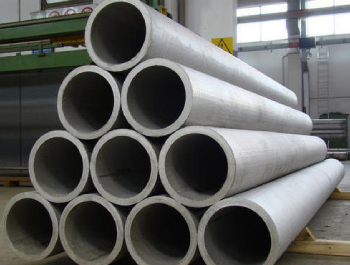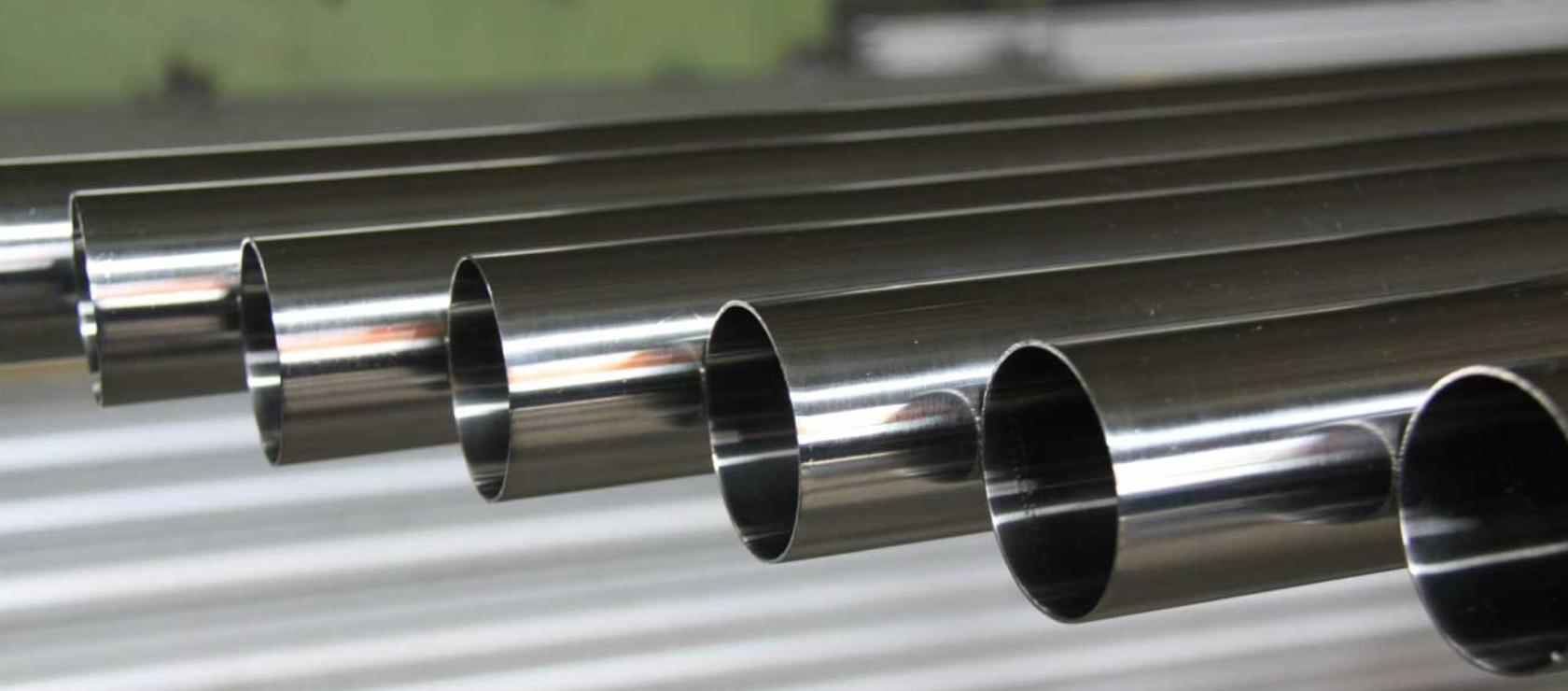Pipe vs. Tube Size: Understanding the Differences in the World of Conduits
In the world of fluid transportation and structural applications, pipes and tubes are fundamental components, each serving distinct purposes. While they may seem similar, understanding the differences between pipe and tube size is essential for selecting the right conduit for various applications. In this blog, we will explore the key disparities between pipes and tubes, focusing on size, shape, and application.
Size and Shape:
1. Round vs. Nominal Diameter:
Pipes: Pipes are sized based on their nominal diameter, which is a non-dimensional number representing their approximate inside diameter. This nominal size often does not precisely match the physical measurements. For instance, a pipe labeled as 2 inches may have an actual inside diameter slightly different from 2 inches.
Tubes: Tubes, on the other hand, are typically specified by their exact dimensions, including the outside diameter (OD) and wall thickness. The OD is a critical factor in tube size and can vary widely, while the wall thickness is generally constant for a specific tube size.
2. Uniformity:
Pipes: Pipes usually have a consistent diameter throughout their length and are designed to transport fluids or gases with minimal variation in cross-sectional area.
Tubes: Tubes may have varying wall thicknesses, which allow for versatility in their applications, from structural support to fluid transport.
Applications:
1. Fluid Transport:
Pipes: Pipes are primarily designed for the conveyance of fluids, such as water, oil, gas, and chemicals. The even internal diameter of pipes ensures a consistent flow of materials.
Tubes: Tubes are used for various fluid transport applications, but they are also suitable for applications where the structural integrity is crucial, such as in heat exchangers, boilers, and condensers.
2. Structural and Mechanical Applications:
Pipes: Pipes are typically employed in applications where structural support is not a primary concern. However, some specialized pipe forms, like schedule 80 or schedule 40 pipes, are used for specific structural purposes.
Tubes: Tubes are favored for structural and mechanical applications due to their varied sizes and wall thicknesses. They are commonly used in construction, automotive frames, bicycle frames, and more.
3. Aesthetics and Design:
Pipes: Pipes are less likely to be used for decorative or architectural purposes due to their standardization and uniformity.
Tubes: Tubes are often chosen for architectural and ornamental applications because of their diverse shapes, making them suitable for creative designs and artistic structures.
Cost Considerations:
1. Material Efficiency:
Pipes: Pipes are generally more material-efficient for fluid transport applications because they have a consistent diameter and are optimized for this purpose.
Tubes: Tubes may be less material-efficient for fluid transport but are often more versatile for structural and mechanical uses.
2. Fabrication and Machining:
Pipes: Pipes are typically easier to machine and weld due to their standardized shapes.
Tubes: Tubes, with their variations in OD and wall thickness, may require more precise machining but offer greater design flexibility.


Conclusion
Understanding the differences between pipe and tube size is crucial for selecting the right conduit for a given application. Pipes are ideal for fluid transport and offer consistent inside diameters, while tubes are versatile, used in both structural and fluid transport applications, and offer more varied shapes and dimensions. The choice between pipes and tubes should be based on the specific requirements of your project, considering factors such as intended use, structural needs, and design aesthetics. Careful selection ensures the efficiency, safety, and effectiveness of your applications involving conduits.
Bhansali Metalloys Inc is one of the leading Manufacturer, Exporters, and Suppliers of High Quality Pipes and Tubes all over in India. We are Manufacturer, Supplier and Dealer of various types of Fasteners such as Bolts, Nuts, Screws, Washers, Threaded Rods and many more. We are Screws Manufacturer in India. These Fasteners are available in different grades and materials. We are Pipes and Tubes Manufacturer, Supplier, Dealer, and Exporter in India. We are Pipes and Tubes Supplier in India. Contact Us +919152160158 or email to info@bhansalimetalloysinc.com for Pipes and Tubes price list.
For our full list of products that we offer check out our website here. Be sure to join the conversation in our Facebook, Instagram, Twitter, LinkedIn Group.
Each Stainless Steel Pipes and Tubes is otherwise designed based on the characteristics of the applying and additionally the pressure. Consequently, different industries use different Pipes and Tubes. We also produce customized Pipes and Tubes Products at our factory as per our client’s requirements. For any types of Pipes and Tubes Price List Call on +91 9152160158 or drop an Email to info@bhansalimetalloysinc.com | exportbmi32@gmail.com
We Export Across the Globe
Exports in Asia Afghanistan, Armenia, Azerbaijan, Bangladesh, Bhutan, Brunei Darussalam, Cambodia, China, Georgia, Hong Kong, India, Indonesia, Japan, Kazakhstan, South Korea, Kyrgyzstan, Laos, Macao, Malaysia, Maldives, Mongolia, Myanmar (ex-Burma), Nepal, Pakistan, Phillipines, Singapore, Sri Lanka (ex-Ceilan), Taiwan, Tajikistan, Thailand, Timor Leste (West), Turkmenistan, Uzbekistan, Vietnam.
Export to Africa Burundi, Comoros, Djibouti, Eritrea, Ethiopia, Kenya, Madagascar, Malawi, Mauritius, Mayotte, Mozambique, Reunion, Rwanda, Seychelles, Somalia, Tanzania, United Republic of Uganda, Zambia, Zimbabwe, Angola, Cameroon, Central African Republic, Chad, Congo (Brazzaville), Congo, Democratic Republic of the Equatorial Guinea, Gabon, Sao Tome and Principe, Algeria, Egypt, Libyan Arab Jamahiriya, Morroco, South Sudan, Sudan, Tunisia, Western Sahara, Botswana, Lesotho, Namibia, South Africa, Swaziland, Benin, Burkina Faso, Cape Verde, Cote d’Ivoire (Ivory Coast), Gambia, Ghana, Guinea, Guinea-Bissau, Liberia, Mali, Mauritania, Niger, Nigeria, Saint Helena, Senegal, Sierra Leone, Togo.
Export to America Anguilla, Antigua and Barbuda, Aruba, Bahamas, Barbados, Bonaire, Saint Eustatius and Saba, British Virgin Islands, Cayman Islands, Cuba, Curaçao, Dominica, Dominican Republic, Grenada, Guadeloupe, Haiti, Jamaica, Martinique, Monserrat, Puerto Rico, Saint-Barthélemy, St. Kitts and Nevis, Saint Lucia, Saint Martin, Saint Vincent and the Grenadines, Sint Maarten, Trinidad and Tobago, Turks and Caicos Islands, Virgin Islands (US), Belize, Costa Rica, El Salvador, Guatemala, Honduras, Mexico, Nicaragua, Panama, Argentina, Bolivia, Brazil, Chile, Colombia, Ecuador, Falkland Islands (Malvinas), French Guiana, Guyana, Paraguay, Peru, Suriname, Uruguay, Venezuela, Bermuda, Canada, Greenland, Saint Pierre and Miquelon, United States.
Export to the Middle East Bahrain, Iraq, Iran, Israel, Jordan, Kuwait, Lebanon, Oman, Palestine, Qatar, Saudi Arabia, Syria, United Arab Emirates, Yemen.




